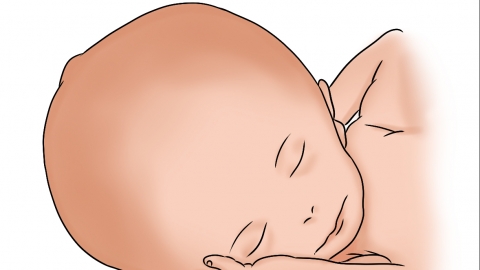How does hydrocephalus affect limb motor function?
Under normal circumstances, the impact of hydrocephalus on limb motor function is mainly reflected in the compression of the motor center, reduced muscle strength and abnormal muscle tone, ataxia, difficulty walking, long-term effects, and difficulties in rehabilitation. A detailed analysis is as follows:

1. Compression of the Motor Center
In patients with hydrocephalus, the excessive accumulation of cerebrospinal fluid compresses the body's motor center, causing damage to the nerves responsible for transmitting motor signals. This results in limb movement disorders, manifested as unsteady gait, hemiplegia, or paraplegia.
2. Reduced Muscle Strength and Abnormal Muscle Tone
Hydrocephalus may lead to weakened muscle strength and abnormal muscle tone in the limbs. This can cause decreased flexibility of limb movements, impaired balance, and an increased risk of falls.
3. Ataxia
Ataxia is a common motor dysfunction in patients with hydrocephalus. It is characterized by difficulty performing fine motor tasks or coordinated movements, such as dressing or bathing, which may affect daily activities.
4. Difficulty Walking
Patients with hydrocephalus may experience difficulty walking due to damage to the motor center. They may feel unsteady while walking, fall easily, and in severe cases, may even require assistance from others for daily care.
5. Long-Term Effects and Rehabilitation Challenges
If hydrocephalus remains untreated or inadequately treated over a long period, the patient's motor function may suffer more severe impairment. This can not only affect the patient's quality of life but also increase the difficulty and cost of rehabilitation.
The effects of hydrocephalus on limb motor function are multifaceted and can lead to serious consequences. Therefore, timely diagnosis and treatment are crucial for patients with hydrocephalus. Through rehabilitation therapy, medication, and other interventions, the impact of sequelae can be minimized, thereby improving the patient's quality of life.









